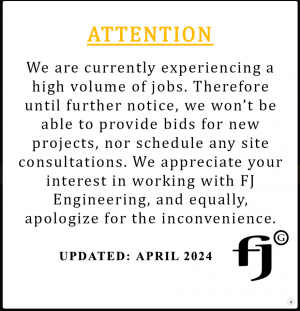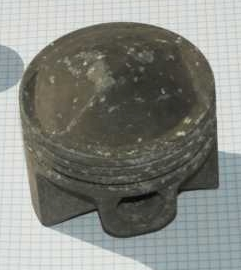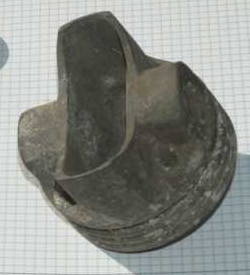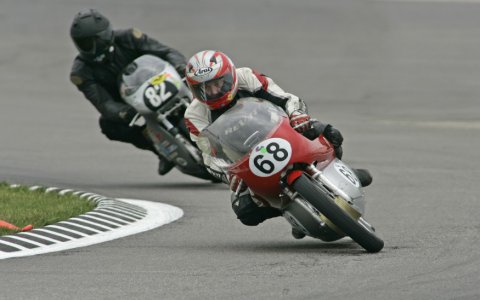- Joined
- Oct 17, 2023
- Messages
- 33
21mm piston, completely machined on a Mazak 530, the first photo is prior to turn finishing the OD, at this point the OD is 0.25mm oversized.
Second photo shows the piston being machined on the OD with a PCD tool.
But these are round !!
For Graham (the OP), this is all done within a few miles of Saunders.
I would get the Honda piston and hold it in the orientation of this piston and go around the OD with a decent tool to create that tapered oval, I think there is a machine shop at the Totton end of the road that runs past Saunders that could do this. We have no time to take on sub con work like this, too busy doing the stuff in the photos.
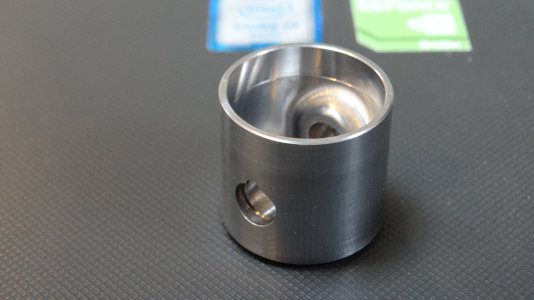
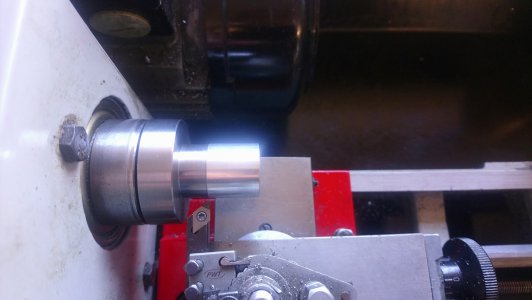
Second photo shows the piston being machined on the OD with a PCD tool.
But these are round !!
For Graham (the OP), this is all done within a few miles of Saunders.
I would get the Honda piston and hold it in the orientation of this piston and go around the OD with a decent tool to create that tapered oval, I think there is a machine shop at the Totton end of the road that runs past Saunders that could do this. We have no time to take on sub con work like this, too busy doing the stuff in the photos.



